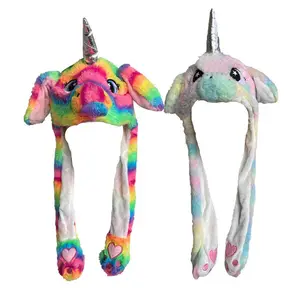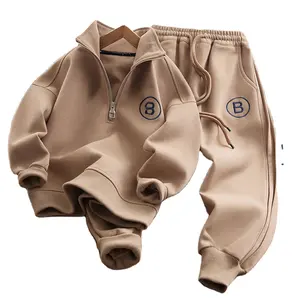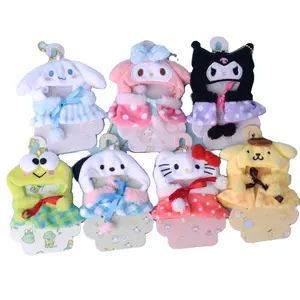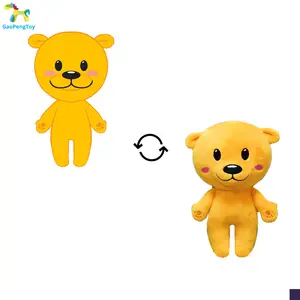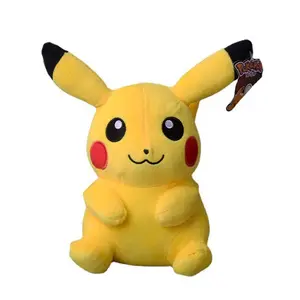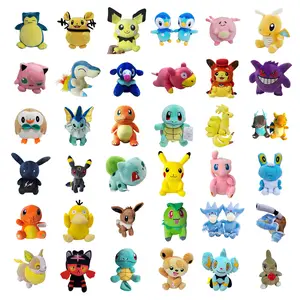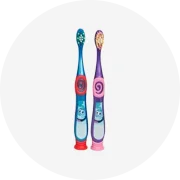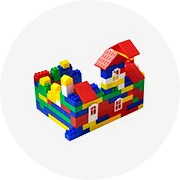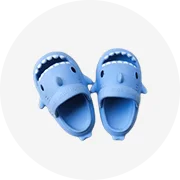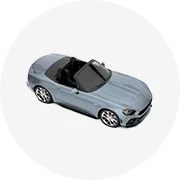Popular in your industry






High Quality Children Color Sand For Color Painting Art Colored Sand Sintered Garden Painted Sand4.9/5.0·46 reviews·"customer service"
$1.50 - $4.70
Min. Order: 2 kilograms
Shipping per piece: $16.10






New Arrival Baby Bpa Free Portable Soft Silicone Sand Bucket Toys Customized Quality Kids Baby Silicone Beach Toys4.7/5.0·50 reviews·"Great service"
$0.97 - $5.16
Min. Order: 50 sets
Shipping per piece: $49.62







DIy Plastic Gear Electric Building Blocks Educate Rotating Assembly Educational Toy5.0/5.0·2 reviews·"lovely Supplier"
Ready to Ship
$1.25 - $3.05
Min. Order: 2 pieces
Shipping per piece: $8.99







Factory Wholesale Kid Silicon Beach Toys Shovel Beach Bucket Set 8pcs Sea Animal Sand Molds Castle Silicon Beach Toys4.7/5.0·50 reviews·"Great service"
$0.97 - $4.98
Min. Order: 50 sets
Shipping per piece: $49.62







Manufacture Supply High Quality Spherical Ceramic Sand
$0.35 - $0.38
Min. Order: 1 kilogram
0.0/5.0·0 reviews






High Quality Manufacture Supply Al2O3 70% 73% 75% 78% Ceramic Sand For Foundry And Casting
$350.00 - $380.00
Min. Order: 1 ton
0.0/5.0·0 reviews






Non-Toxic Sand Castle Kit Educational Magic Modeling Sand Play Sand Kit Toy
$0.49 - $0.80
Min. Order: 100 bags
5.0/5.0·3 reviews·"Excellent service"




Summer Beach Bucket Various Model tools Sand Beach set Toy for kids water game at outdoor5.0/5.0·2 reviews
$1.67 - $1.74
Min. Order: 1500 sets
Shipping per piece: $71.06




8pcs model DIY tools underwater fantastic magic sand toy for kids4.8/5.0·14 reviews·"Good service"
Ready to Ship
$2.35 - $2.58
Min. Order: 180 sets
Shipping per piece: $1.75






2024 new ins style Shovel sand model set baby beach sand splashing tool Octopus car toy beach toys0.0/5.0·0 reviews·"customer service"
$1.88
Min. Order: 10000 pieces
Shipping per piece: $36.06






Safty Colored Never Wet Play Magic Modelling Sand 8 Color 1000 Grams Other Educational Toys 14 Years & up 5 to 7 Years
Ready to Ship
$1.10 - $1.50
Min. Order: 1000 boxes
3.8/5.0·13 reviews·"On time shipping"Top categories
About modeling sand toys
3367 modeling sand toys products are offered for sale by suppliers on Alibaba.com, of which building block sets accounts for 16%, playdough & slime accounts for 8%, and other educational toys accounts for 7%.
A wide variety of modeling sand toys options are available to you, such as 5 to 7 years, 8 to 13 years and 0 to 24 months.You can also choose from unisex, boys and female modeling sand toys,as well as from plastic, pvc, and wood modeling sand toys, and whether modeling sand toys is colorful, blue, or red.
